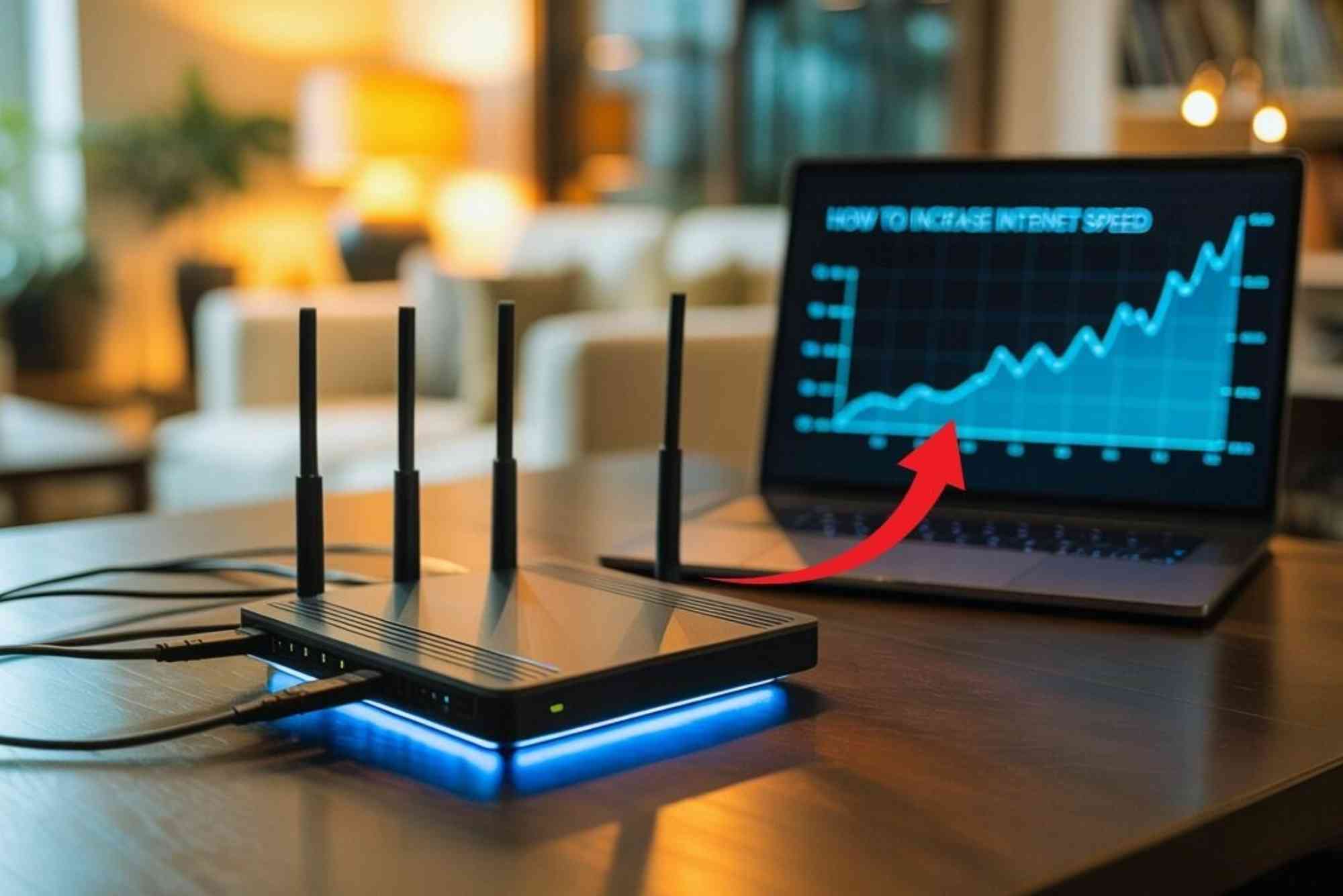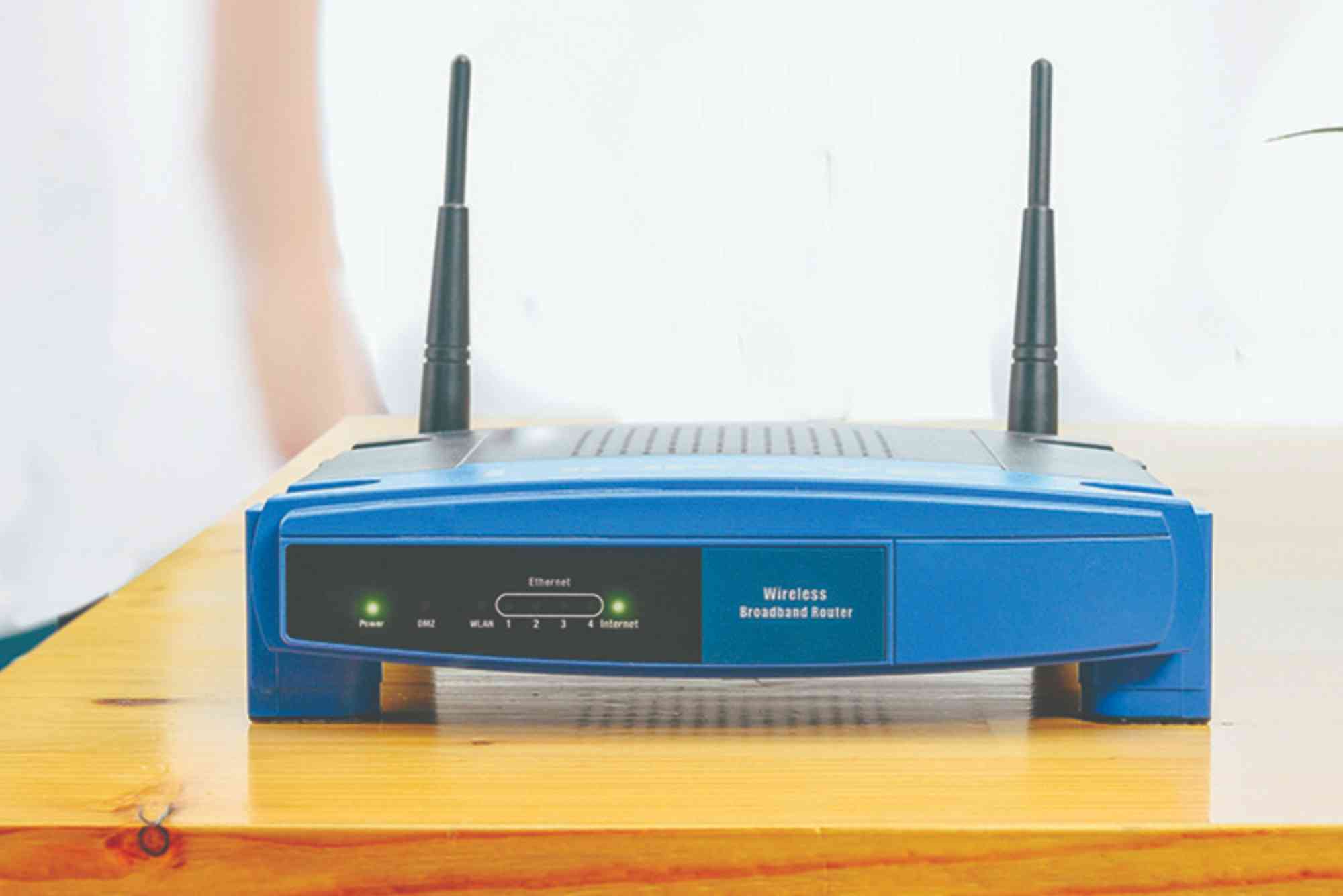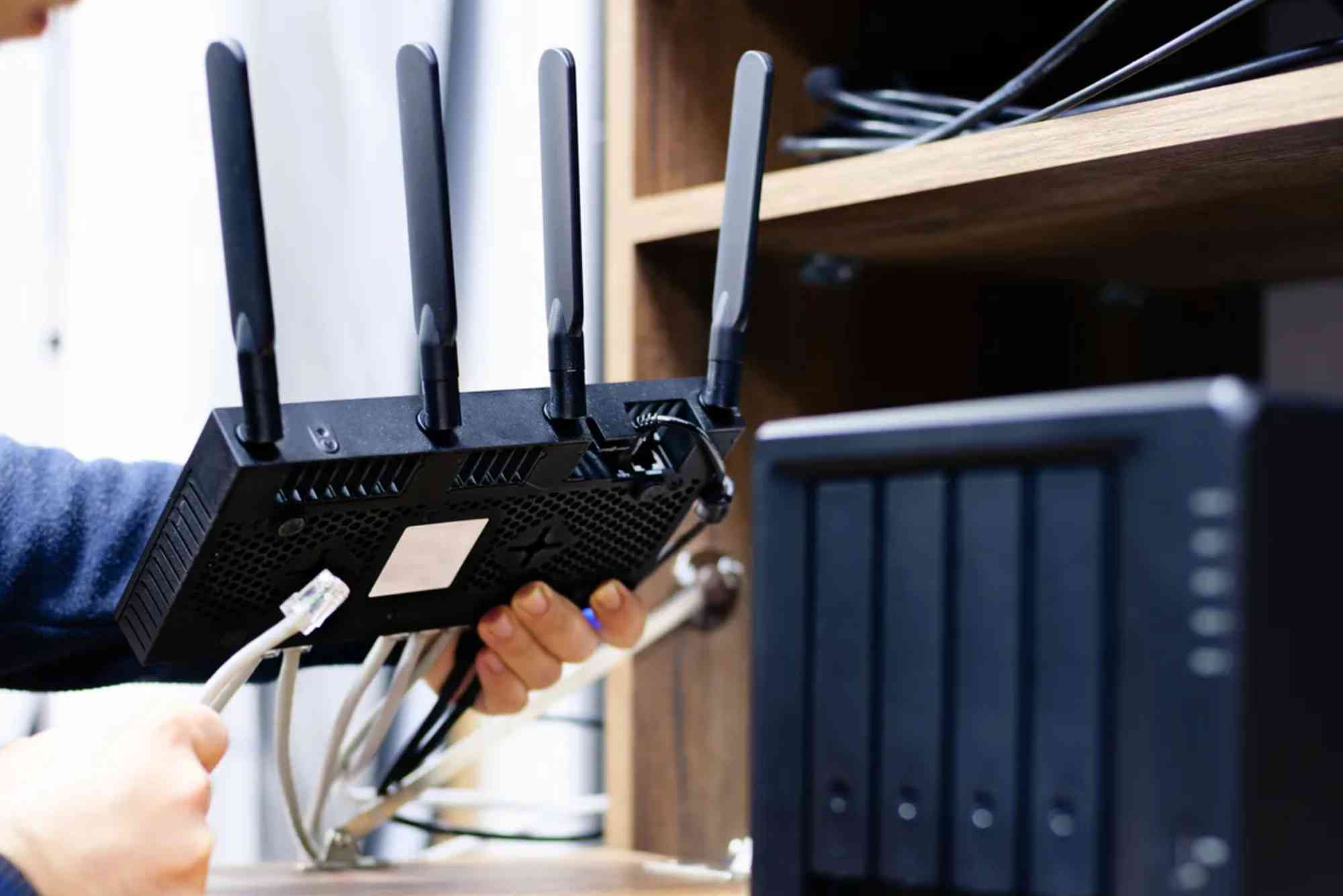Best Tools for Troubleshooting Mesh Wi-Fi Networks
A reliable internet connection has become essential for work, learning, and entertainment, and mesh Wi-Fi systems have grown popular as a solution for strong coverage across homes and offices. However, even the best mesh networks face issues such as dead zones, slow speeds, or connection drops. This is where mesh Wi-Fi troubleshooting tools become invaluable. These tools allow users to diagnose, identify, and fix issues quickly while optimizing network performance. By understanding how these solutions work, you can ensure seamless connectivity without constantly calling your internet provider.
Why Mesh Wi-Fi Networks Need Troubleshooting Tools
Mesh Wi-Fi systems are designed to eliminate weak spots by connecting multiple nodes that work together. While this setup is more efficient than traditional routers, it is still prone to problems caused by interference, misconfigured nodes, or bandwidth congestion. Without proper mesh Wi-Fi troubleshooting tools, identifying the root cause of connectivity issues becomes frustrating. Tools help monitor performance, analyze signal strength, detect interference, and even suggest optimal placement of nodes, making them indispensable for both home users and IT professionals.
Key Benefits of Using Mesh Wi-Fi Troubleshooting Tools
Improved Network Visibility
These tools provide detailed insights into the health of your network, showing which nodes are underperforming or overloaded. This allows you to take corrective actions before problems escalate.
Faster Problem Resolution
Instead of guessing why your internet is slow, troubleshooting tools pinpoint whether the issue lies in hardware, software, or interference. This saves time and prevents unnecessary replacements.
Optimized Performance
Beyond fixing issues, these tools help fine-tune your network. For example, they can suggest relocating nodes for better coverage or adjusting channel settings to reduce interference from neighboring networks.
Enhanced User Experience
By proactively addressing weak signals or overloaded nodes, troubleshooting tools ensure smoother video calls, faster downloads, and uninterrupted streaming.
Common Problems Mesh Wi-Fi Tools Can Solve
Mesh Wi-Fi troubleshooting tools are designed to handle a variety of issues, ranging from minor inconveniences to major connectivity failures. The most common problems include inconsistent speeds between nodes, poor signal coverage in certain areas, frequent disconnections, high latency during gaming, and interference from other devices such as microwaves or cordless phones. With the right toolset, these issues can be diagnosed and resolved quickly, restoring stable internet access.
Categories of Mesh Wi-Fi Troubleshooting Tools
Wi-Fi Analyzer Applications
These apps are designed to scan your network environment and reveal useful insights. They can display signal strength, noise levels, and overlapping channels, helping you determine whether interference from nearby networks is affecting your mesh system. Many Wi-Fi analyzer apps are mobile-friendly, making it easy to walk around your home and pinpoint dead zones.
Network Monitoring Tools
Monitoring solutions continuously track performance metrics such as speed, latency, and packet loss. They also log connectivity history, allowing you to see patterns in when and where problems occur. Advanced tools even provide alerts if a node goes offline or experiences high congestion.
Hardware-Based Tools
Some users prefer dedicated devices that measure Wi-Fi signals and coverage. These tools provide precise readings and often include advanced features like heat maps of your home or office. Hardware analyzers are particularly useful for IT professionals managing multiple networks.
ISP-Specific Utilities
Many internet service providers now offer their own apps or platforms to help customers troubleshoot mesh Wi-Fi systems. These tools integrate seamlessly with the hardware provided, making it easier to adjust settings or perform quick diagnostics without third-party applications. Providers like Dhanote Internet Services include customer support tools that complement troubleshooting apps.
Cloud-Based Management Platforms
For larger networks, cloud-based tools allow administrators to manage multiple mesh systems remotely. These platforms provide centralized dashboards, historical performance data, and automated optimization features, making them ideal for businesses or tech-savvy households.
How to Choose the Best Mesh Wi-Fi Troubleshooting Tool
Selecting the right tool depends on your specific needs. For homeowners, a simple Wi-Fi analyzer app may be enough to resolve common issues. If you manage multiple devices or need more advanced features, a network monitoring solution might be a better fit. Businesses with multiple mesh systems often benefit from cloud-based platforms that centralize control. Always look for tools that are compatible with your mesh system, provide real-time feedback, and offer clear recommendations rather than technical jargon.
Best Practices When Using Troubleshooting Tools
Test Different Areas of Your Home
Walk through each room while running a Wi-Fi analyzer. This helps you identify specific spots where coverage is weak.
Compare Performance Over Time
Monitoring tools that log historical data allow you to see whether issues occur at peak usage times or randomly.
Check for Interference
Use analyzer apps to determine whether nearby Wi-Fi networks are operating on the same channel. Switching to a less congested channel often improves stability.
Keep Firmware Updated
Troubleshooting tools often highlight outdated firmware on your mesh system. Regular updates fix bugs and improve performance.
Don’t Overlook Hardware Placement
Tools may indicate poor node placement. Relocating a node closer to the center of your home can sometimes resolve connectivity problems instantly.
The Future of Mesh Wi-Fi Troubleshooting Tools
As smart homes continue to expand, the role of troubleshooting tools will grow more important. Future innovations are likely to include AI-driven recommendations, predictive maintenance alerts, and automatic network optimization. These improvements will make troubleshooting even easier for non-technical users while providing advanced data for IT professionals.
Mesh Wi-Fi networks are excellent for ensuring wide coverage, but they are not immune to technical issues. Using mesh Wi-Fi troubleshooting tools is the smartest way to diagnose and resolve connectivity problems, whether you are dealing with weak signals, interference, or misconfigured nodes. By combining analyzer apps, monitoring software, and ISP utilities, you can maintain a fast and reliable internet experience. For households and businesses looking to ensure uninterrupted connectivity, adopting these tools is not just recommended—it is essential. Take the time to explore the right solutions for your setup, and enjoy the peace of mind that comes with smooth, optimized performance. If you are searching for dependable connectivity solutions, explore Dhanote Internet Services for reliable options tailored to modern digital needs.
FAQs
What is the best way to troubleshoot a mesh Wi-Fi network?
The best approach is to use a Wi-Fi analyzer to check for weak signals and interference, then apply a monitoring tool to track performance over time.
Why does my mesh Wi-Fi keep dropping connections?
Common reasons include interference from nearby networks, overloaded nodes, outdated firmware, or poor placement of nodes. Troubleshooting tools can help pinpoint the exact issue.
Can troubleshooting tools speed up my Wi-Fi?
While they do not increase your internet plan speed, they optimize the network by reducing interference and improving coverage, resulting in faster and more reliable connections.
Are free Wi-Fi analyzer apps effective?
Yes, many free apps provide basic but useful insights into signal strength and channel usage. However, advanced paid tools often provide deeper analytics and additional features.
How do I know if my ISP is the problem?
If troubleshooting tools indicate strong local signals but you still experience slow speeds, the issue may be with your internet provider rather than your mesh system.








